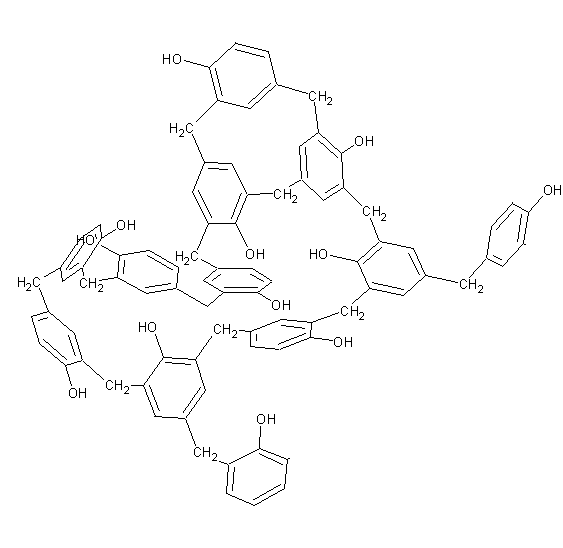September 16, 2020
Changed the Font
September 16, 2020

Because the font is so important. This is actually the default font for the WordPress back-end, I got to like it. It's a little more crisp than the default sans.
I also started seeing an odd trend in the web stats, so I did what I said I wasn't interested in, and started tracking referrers. That was remarkably easy to do, just a modification of what I had already done. The hard part was working out all the WordPress integration in the first place, and also when to bypass it. After that, it's just a matter of copy-paste-edit, which is how most programming is done.
Tracking internet referrers is problematic - it depends on the visiting browser actually supplying that information, and many don't. It is also blocked by most firewalls. Additionally, 99% of your referrers are going to be Gargle, and I don't need to record that, I really just want to see what else there is.
Of course, now the thing I wanted to study has stopped. That's life.
In other news, the bot counter is just rocketing skyward. I guess we really do live in The Matrix.

Interesting Aside:
The http 'referer' header field is actually a misspelling.
From Wikipedia:
The misspelling of referrer originated in the original proposal by computer scientist Phillip Hallam-Baker to incorporate the field into the HTTP specification. The misspelling was set in stone by the time of its incorporation into the Request for Comments standards document RFC 1945; document co-author Roy Fielding has remarked that neither "referrer" nor the misspelling "referer" were recognized by the standard Unix spell checker of the period. "Referer" has since become a widely used spelling in the industry when discussing HTTP referrers; usage of the misspelling is not universal, though, as the correct spelling "referrer" is used in some web specifications such as the Document Object Model.
Update:
After filtering out Gargle, my referrer effort is collecting literally nothing.
Update:
Incredible. Somebody actually used Bing.
I really like the new font, especially on a phone or tablet.
